A system for realizing many-photon quantum circuits is presented, comprising a programmable nanophotonic chip operating at room temperature, interfaced with a fully automated control system.
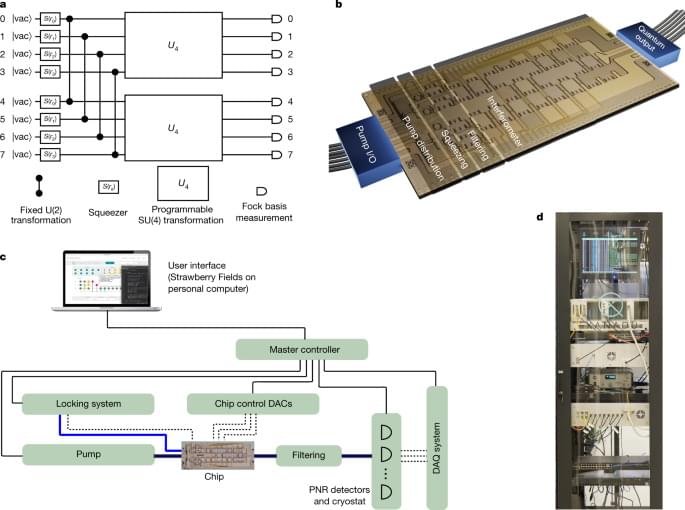

University of Oxford professor explains how conscious machines are possible.
Up next, The intelligence explosion: Nick Bostrom on the future of AI ► https://youtu.be/1WcpN4ds0iY
In his book “A Brief History of AI,” Michael Wooldridge, a professor of computer science at the University of Oxford and an AI researcher, explains that AI is not about creating life, but rather about creating machines that can perform tasks requiring intelligence.
Wooldridge discusses the two approaches to AI: symbolic AI and machine learning. Symbolic AI involves coding human knowledge into machines, while machine learning allows machines to learn from examples to perform specific tasks. Progress in AI stalled in the 1970s due to a lack of data and computational power, but recent advancements in technology have led to significant progress. AI can perform narrow tasks better than humans, but the grand dream of AI is achieving artificial general intelligence (AGI), which means creating machines with the same intellectual capabilities as humans. One challenge for AI is giving machines social skills, such as cooperation, coordination, and negotiation.
The path to conscious machines is slow and complex, and the mystery of human consciousness and self-awareness remains unsolved. The limits of computing are only bounded by imagination.
0:00 The Hollywood dream of AI: consciousness.
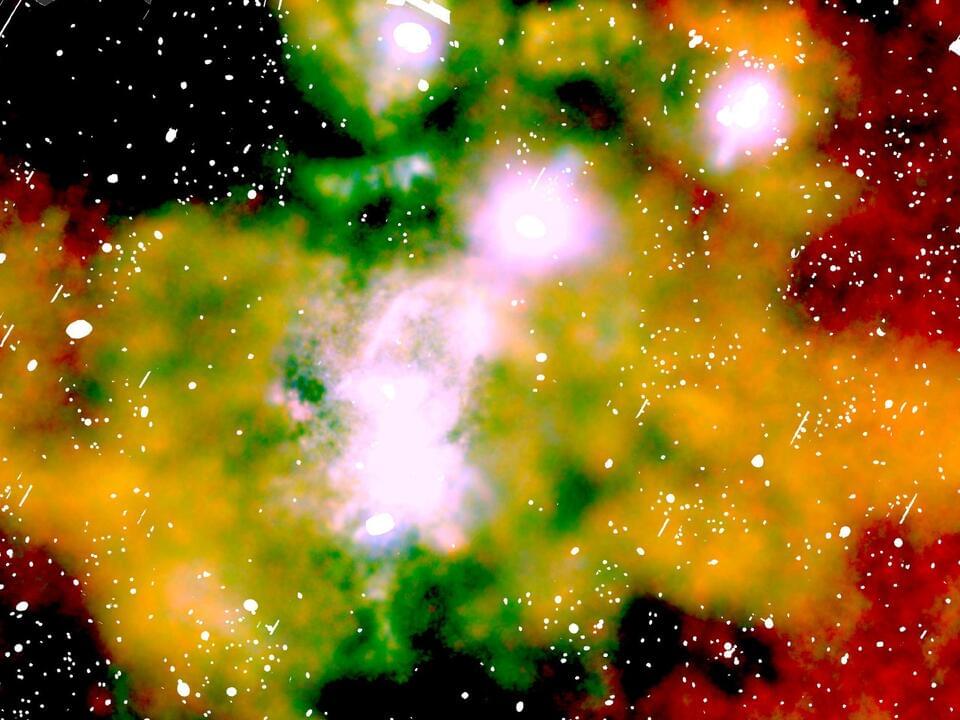
— What’s the biggest black hole in the universe?
LISA will consist of a trio of satellites orbiting the sun that will constantly monitor the distances among them. When a gravitational wave comes by, the satellites will detect the telltale signature, like buoys in the ocean recognizing a passing tidal wave.
To search for IMBHs, the astronomers have to hope for a lucky break. If an IMBH in the galactic center happens to capture a wandering dense remnant (like a smaller black hole, a neutron star, or a white dwarf), the process will emit gravitational waves that LISA can potentially detect. Because the IMBH itself will be orbiting around the central supermassive black hole, these gravitational waves will undergo a Doppler shift (like the shifting in frequencies from a passing ambulance) due to the IMBH’s motion.
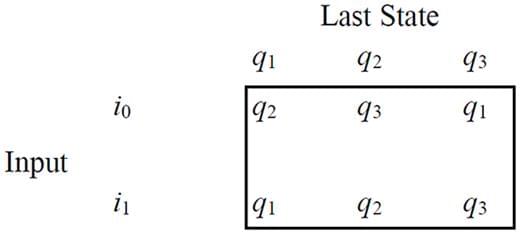
I propose to consider the question, ‘Can machines think?’ This should begin with definitions of the meaning of the terms ‘machine’ and ‘think’. The definitions might be framed so as to reflect so far as possible the normal use of the words, but this attitude is dangerous. If the meaning of the words ‘machine’ and ‘think’ are to be found by examining how they are commonly used it is difficult to escape the conclusion that the meaning and the answer to the question, ‘Can machines think?’ is to be sought in a statistical survey such as a Gallup poll. But this is absurd. Instead of attempting such a definition I shall replace the question by another, which is closely related to it and is expressed in relatively unambiguous words.
The new form of the problem can be described in terms of a game which we call the ‘imitation game’. It is played with three people, a man (A), a woman (B), and an interrogator © who may be of either sex. The interrogator stays in a room apart from the other two. The object of the game for the interrogator is to determine which of the other two is the man and which is the woman. He knows them by labels X and Y, and at the end of the game he says either ‘X is A and Y is B’ or ‘X is B and Y is A’. The interrogator is allowed to put questions to A and B thus:
C: Will X please tell me the length of his or her hair? Now suppose X is actually A, then A must answer. It is A’s object in the game to try and cause C to make the wrong identification. His answer might therefore be.
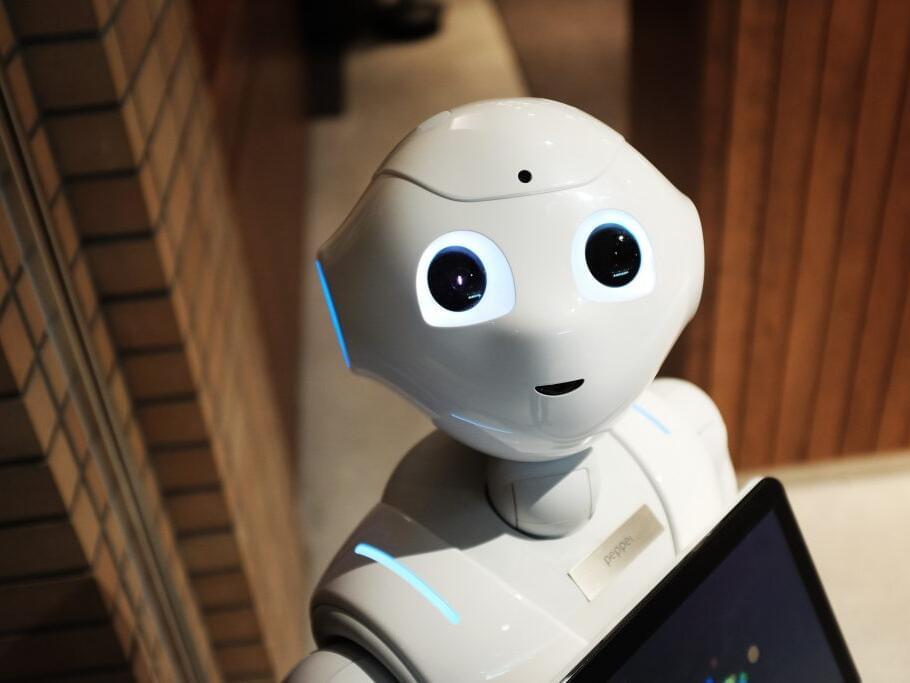
Grocery shopping will lead the way in the AI (artificial intelligence) revolution.
Brits aged 15 to 64 spend about 43 percent of all their work and study time on cooking cleaning and other jobs round the home such as looking after children or elderly relatives.
In the UK, working-age men spend around half as much time as working-age women do on them.
Today, most of the universe’s galaxies are already receding faster than the speed of light.
Is time travel FINALLY possible?? Join us… and find out!
Subscribe: https://wmojo.com/unveiled-subscribe.
In this video, Unveiled takes a closer look at 3 groundbreaking experiments in time travel and quantum computing! On an international scale, science is starting show how moving forward and back in time really COULD be possible… all it will take is a little manipulation at the atomic and subatomic levels!
This is Unveiled, giving you incredible answers to extraordinary questions!
Find more amazing videos for your curiosity here:
6 Scientific Breakthroughs Predicted During Your Lifetime — https://youtu.be/wGKj-3AfxdE
Are We the Creation of a Type V Civilization? — https://youtu.be/T_u4lGDs3dM
0:00 Intro.
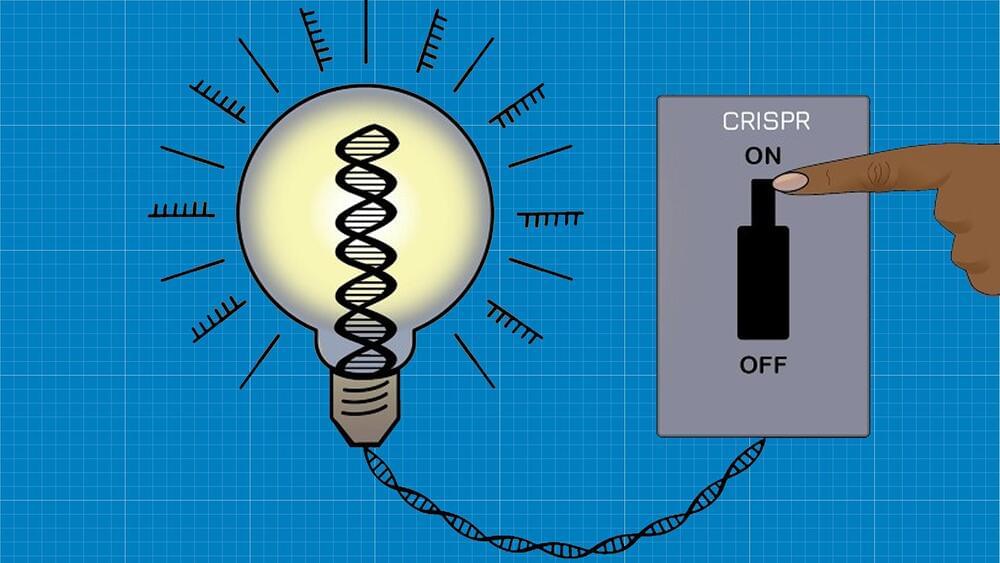
The gene-editing system CRISPR-Cas9 which has revolutionized genetic engineering over the past decade involves cutting DNA strands which is a process that can be quite hard to control and can result in unwanted genetic changes. Now, thanks to researchers at the Massachusetts Institute of Technology and the University of California, San Francisco (UCSF), a new gene-editing technology called CRISPRoff can change that, according to a press release.
“Fast forward four years [from the initial grant], and CRISPRoff finally works as envisioned in a science fiction way,” says co-senior author Luke Gilbert. “It’s exciting to see it work so well in practice.”
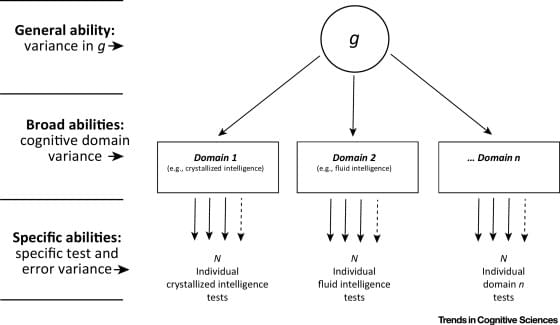
It was therefore shortly after the discovery of g that Spearman’s contemporary, Godfrey Thomson, proposed that the general factor represents a global network phenomenon 11, 12, 13. Thomson held that g emerges from the interaction among the many elements of the brain, which he referred to as neural arcs or bonds 14, 15. According to Thomson’s Sampling Theory of Mental Ability, each item on an achievement test samples a number of these bonds 11, 12, 13. He proposed that the degree of overlap among bonds accounted for the correlation between tests and the resulting positive manifold. Thus, Thomson’s theory was the first to show that Spearman’s discovery of the general factor of intelligence is consistent with a network perspective.
Thomson’s legacy can be found in modern psychological theories which posit that g originates from the mutual interactions among cognitive processes [16]. Individual differences in g are known to be influenced, for example, by language abilities 10, 17, which facilitate a wealth of cognitive, social, and affective processes through mutual interactions (i.e., reciprocal causation) [18]. The central idea of the Mutualism Model is that change or growth in one aspect of mental ability is (i) partially autonomous (owing to developmental maturation), and is also (ii) based on growth in other areas (owing to the mutual interaction between cognitive processes). By accounting for both the autonomous and interactive nature of cognitive processes, this model is able to explain individual differences in the general factor of intelligence – accounting for the positive manifold and the hierarchical pattern of correlations among tests [16].
Advances in network neuroscience have further sharpened Thomson’s notion of neural bonds, revealing principles of brain organization that support (i) the modularity of cognitive processes (enabling the autonomy of mental processes), and (ii) the dynamic reorganization of this modular architecture in the service of system-wide flexibility and adaptation (enabling mutual interactions between cognitive processes). The following sections review these principles of brain organization and introduce a Network Neuroscience Theory for understanding individual differences in the general factor of intelligence based on the small-world topology and network dynamics of the human brain. This framework relies upon formal concepts from network neuroscience and their application to understanding the neurobiological foundations of g.
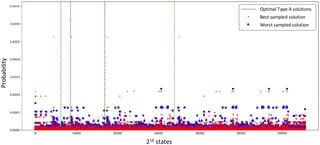
In this, we present QuASeR, a reference-free DNA sequence reconstruction implementation via de novo assembly on both gate-based and quantum annealing platforms. This is the first time this important application in bioinformatics is modeled using quantum computation. Each one of the four steps of the implementation (TSP, QUBO, Hamiltonians and QAOA) is explained with a proof-of-concept example to target both the genomics research community and quantum application developers in a self-contained manner. The implementation and results on executing the algorithm from a set of DNA reads to a reconstructed sequence, on a gate-based quantum simulator, the D-Wave quantum annealing simulator and hardware are detailed. We also highlight the limitations of current classical simulation and available quantum hardware systems. The implementation is open-source and can be found on https://github.com/QE-Lab/QuASeR.
Citation: Sarkar A, Al-Ars Z, Bertels K (2021) QuASeR: Quantum Accelerated de novo DNA sequence reconstruction. PLoS ONE 16: e0249850. https://doi.org/10.1371/journal.pone.
Editor: Archana Kamal, University of Massachusetts Lowell, UNITED STATES.